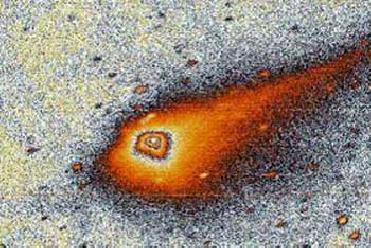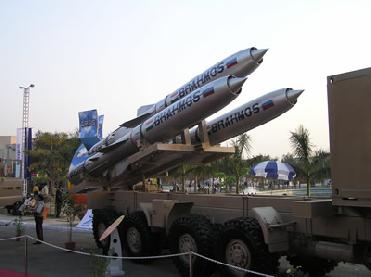
67P/Churyumov- Gerasimenko when active surrounded by a coma of gas and dust. A file photo
WASHINGTON (PTI): A computer model that can locate the 'active regions' on a comet's surface and help protect space probes from possible damages caused by dust emitted from these regions has been developed by scientists.
The model, developed by the scientists from the Max Planck Institute for Solar System Research (MPS) in Germany, uses only that information which is available from Earth.
It adopts an indirect approach -- taking into consideration the 3-D shape of the comets -- to localise the active regions.
"Pictures taken from Earth show the comet and its jets as a 2-D projection in which where exactly the dust particles and gases originate from cannot be well identified," said Hermann Bohnhardt from the MPS.
Pointing out that until now, "computer programs trying to find the active regions assumed the comet as a sphere or ellipsoid", Jean-Baptiste Vincent from MPS said: "Since in reality comets often have quite bizarre shapes, for many applications this approach is not good enough."
The team therefore took the standard approach and developed a program based on the entire rotation period of a comet during which the changes in its luminance allow its true form to be calculated.
In the next step, the researchers fed this program with assumptions on where the active regions might be located. They also made an "educated guess" related to the physical properties of the dust particles like size and initial velocity upon emission from the nucleus.
Based on the data, the computer simulation delivered an image. The team then compared this image with the actual one obtained through a telescope and refined it step by step until simulation and the actual image agreed.
The method has passed its first test and the scientists believe they could successfully apply it to the comet Tempel 1 that was the destination of NASA's Deep Impact Mission in 2005.
"Even though ever since this mission we know where Tempel1's active regions are, we pretended not to," said Vincent.
Now the researchers intend to calculate the active regions of the comet Churyumov-Gerasimenko, the rendezvous target for ESA's Rosetta mission on which the Rosetta lander Philae will touch down in late 2014.
The mission, to whom MPS contributed many scientific instruments, has been on route to its destination beyond the orbit of Mars and the asteroid belt since 2004.
 Previous Article
Previous Article Next Article
Next Article










The Indian Air Force, in its flight trials evaluation report submitted before the Defence Ministry l..
view articleAn insight into the Medium Multi-Role Combat Aircraft competition...
view articleSky enthusiasts can now spot the International Space Station (ISS) commanded by Indian-American astr..
view article